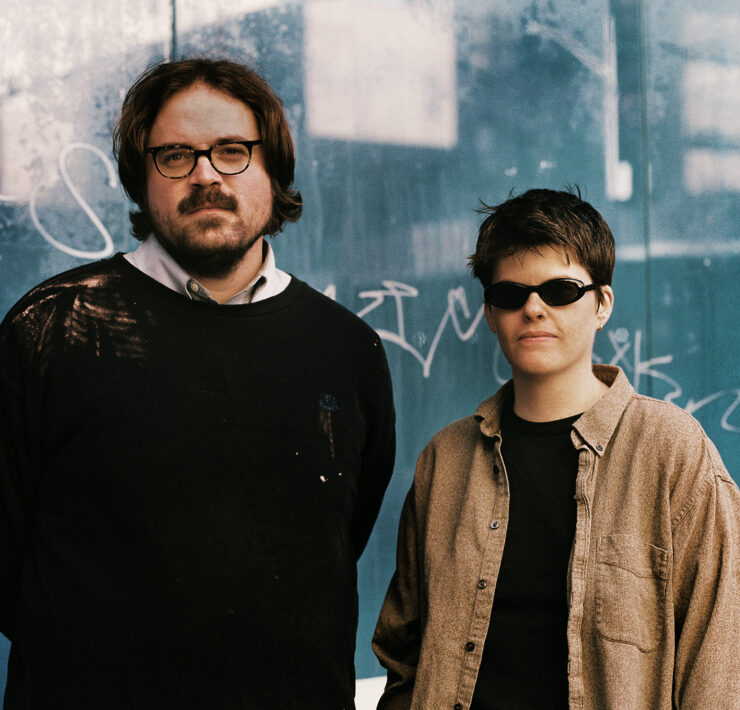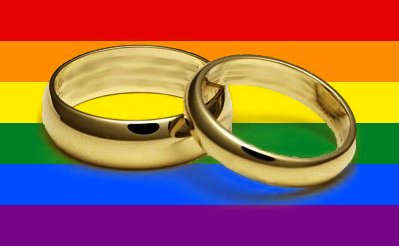Three Years Later: The Queer Marriage Divide

In June of 2015, at the conclusion of the Supreme Court case Obergefell v. Hodges, five of the nine justices agreed that the Fourteenth Amendment assures same-gender couples the right to marry. After years of conflict between a myriad of parties, it all came down to that stirring landmark decision, mandating marriage equality on a federal basis.
In the almost three years since this case, the issue of the legality of LGBTQ marriage has mostly died. All of those conservative pundits who cried degeneracy up to and a few months after the Supreme Court’s decision have now, as predicted, moved on to pushing anti-trans discrimination in schools and public places, trying to allow businesses to refuse service to the LGBTQ community, and other queerphobic causes.
So, while same-gender couples’ right to marry can mostly be considered secure, not all queer folks love the modern institution of marriage, or would personally wish to be wedded to their partner. In some cases, they may prefer not to limit themselves to one partner.
Polyamory, meaning an understood romantic relationship between more than two persons, has recently received more international attention than at any other time in recent history. In January of this year, it was announced that Angela Robinson’s biographical drama Professor Marston and the Wonder Women, which recounted the controversial love life of psychologist William Marston, his wife Elizabeth, and their partner Olive Byrne, would be nominated for Outstanding Film: Wide Release at the GLAAD Media Awards.
Given this nomination for an LGBTQ film award, as well as the fact that many polyamorous folks are also in the queer community (and vice versa), it is pertinent to examine their views and lives when looking into the whole of marriage and relationships in our community.
Robyn Trask, polyamorous advocate and director of the nonprofit Loving More, believes that while appealing to the mainstream may be necessary sometimes, exclusion can be a serious worry. “Many in the LGBTQ community had to basically say ‘hey we’re just like everyone else; we just want to get married and be monogamous’ in order to get marriage equality,” claimed Trask. “I understand why they did the messaging the way they did in the community, and why that was important… but the drawbacks are having people not feel like they’re welcome, or feel like they don’t belong.”
This kind of thing can manifest itself in varying ways, including stereotyping of the non-monogamous as promiscuous, and even outright hostility toward polyamorous folks and groups like Loving More.
While queer women have long had a reputation for monogamy, queer men certainly haven’t; this has had major implications throughout the fight for gay rights since the 60s, and inter-community conflict often arises due to the perceived promiscuity of gay and bisexual men.
The recent work of Blake Spears and Lanz Lowen, a couple who has independently conducted research into relationships for years now, shows that monogamy may be on the rise for younger queer men. In a 2017 survey they conducted of monogamous and non-monogamous queer men, a whopping 92 percent of the single queer men who responded claimed that they expected to get married someday, with 90 percent seeking monogamy in general.
Studies like these, among anecdotal and cultural evidence, appear to show a shift in the culture toward monogamy and marriage since 2015. It should be kept in mind, however, that Spears and Lowen have been in a non-monogamous relationship for over four decades, and like countless others, they live happily.
The queer community can never, has never, and will never be a monolith, but as we desire those outside of our fabulous bunch to treat us with dignity, we must also respect the lifestyles of fellow LGBTQs.
What's Your Reaction?
Ezra Kronfeld is a journalist and degenerate. Her interests include media, inequality, cultural taboos, sexuality, art, politics, and the like. @EHKronf ezrakronfeldwrites.net










